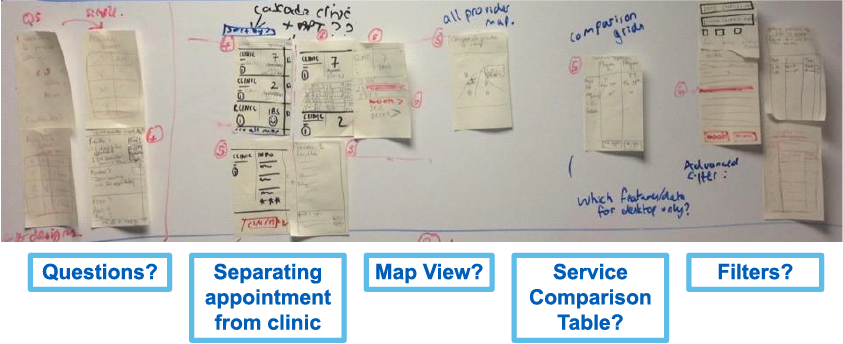Manage your referral
As lead designer (interaction and service) for the national secondary care appointment booking and management service, I was responsible for improving a legacy service.

SITUATION
The legacy service had low completion rates, didn't support modern devices (mobile) or access technology and needed to pass Cental Governments service assessment (GDS assessment) to secure future investment.
The service had to support an NHS England choice policy, which meant it was important to support users in successful referral management, both online and offline.
TASK
My task was to engage with stakeholders, understand the booking landscape, highlight known problems and opportunities; identify the right problem to solve and sharing insights to influence relevant stakeholders. Test and iterate an improved service with users, then launch.
I also had to ensure the team employed user centred processes throughout and support nessessary Governement assessments.
ACTION
To accomplish these goals, I dug into the policy space to identify potential blockers and problems.
I conducted interviews and service mapping with front-line staff such as GPs and GP admin, and analysed the existing service using analytics to identify pain points and drop-off points.
I used this information to prioritise problems and employed hypothesis-driven design and rapid prototyping to test potential solutions with end users, user-testing hypotheses as I went.

I also supported the service through the alpha and beta Governement service assessments.
RESULT
The service successfully passed the alpha and beta Government Service assessments.
Within the first month of beta testing, successful user journeys increased by 70%, and the number of patients not attending booked appointments was halved. The service also realised cost and time savings in the hundreds of thousands of pounds for the NHS.
CONTACT
Email me, follow me on twitter or lets do business on LinkedIn.